#Larry Niven
Text
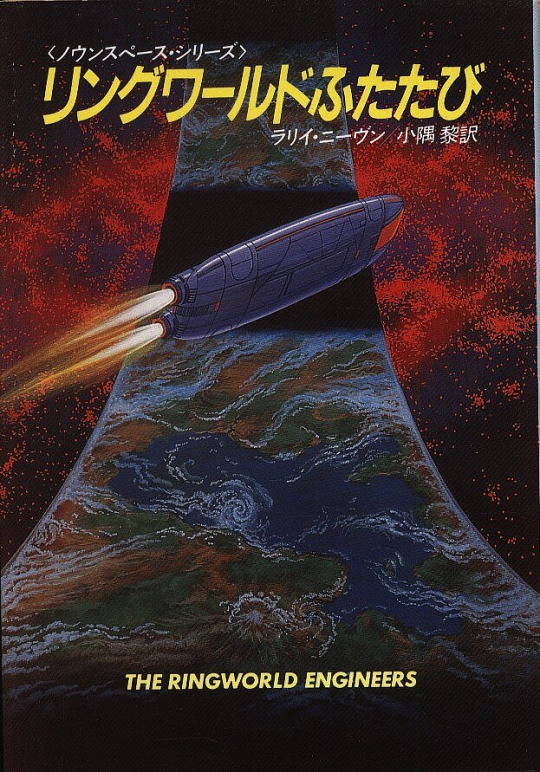
Uncredited art for Larry Niven's The Ringworld Engineers
#The Ringworld Engineers#Larry Niven#ringworld#japanese sci-fi#its Larry Niven's birthday today actually
604 notes
·
View notes
Text
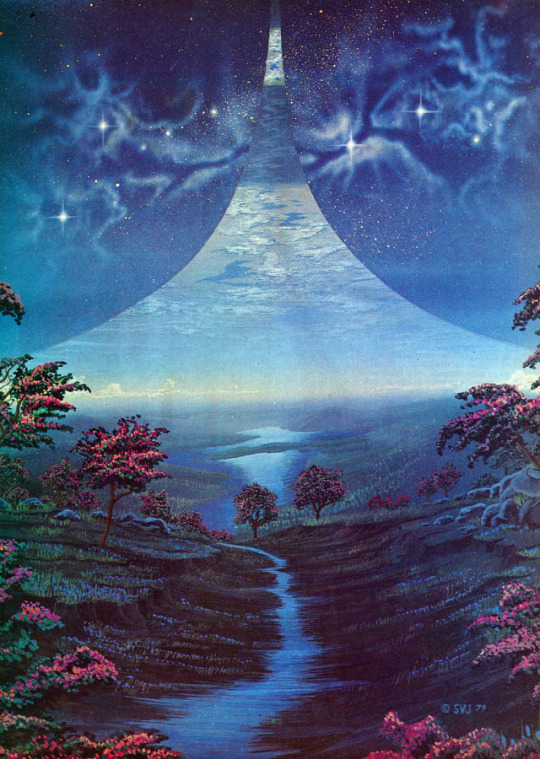



Art for Larry Niven’s Ringworld series of books. Steven Vincent Johnson, Paul Lehr, Cortney Skinner, John Harris
1K notes
·
View notes
Text
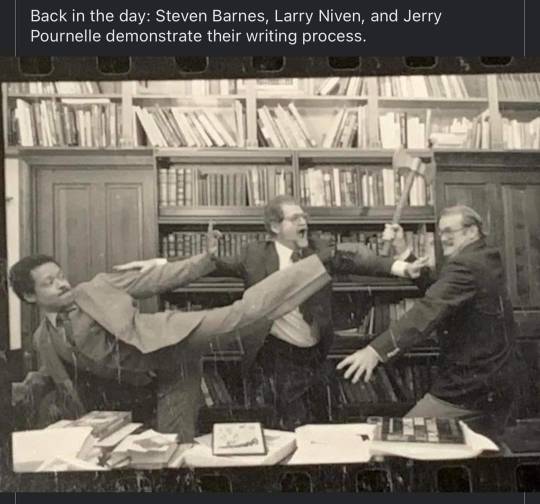
580 notes
·
View notes
Photo

The Hildebrandt Brothers, Larry Niven’s Ringworld.
539 notes
·
View notes
Note
The idea of logging on a colonized alien planet brings my mind back to the planet Lalonde from Peter F. Hamilton's Night's Dawn books - a world that had very hard wood as its only meaningful export, and was also stuck developing its economy from agriculturalism (due to investment shortages, though).
All this is to say - Hey! What are some foundational inspirations for your sci fi verse? You gotta have some like recommendations of classic or older sci-fi for us, right? What are some of your suggestions of books and authors to read?
OK SO - My sci-fi tastes have sort of ended up in some very specific niches. Growing up, I was a Larry Niven +Jerry Pournelle man, in part because my dad amassed a huge collection of their books - then gave 90% of them away before i was old enough to read them. So one of my teenage missions was rebuilding that library, trash and all!

Stuff like Footfall, Ringworld, Gil "The Arm" Hamilton, Protector (yes i attempted to name a comic series similarly, and paid for it) "The Mote in God's Eye"... you name it, I read fuckloads of these books. And while they tend to land on a sort of human chauvinist "mankind will win based on his inherent adaptive human-ness, and the aliens will fail because of their rigid alien-ness", this shit was very foundational to me.
Their more collaborative series, The Man-Kzin Wars and War World, also loom large in my teenage mind. The Man-Kzin wars are super fun - humans meet a race of tiger-men, and go from being NWO peaceniks to roughneck cat-skinners in a generation! PEACE AND LOVE WONT DEFEAT TIGER MEN!
Similarly, war world (like lots of that 70s/80s military sci fi) was a sort of catch-all for western military nerds to play with their favorite factions - it was a planet where all the un-ruleable ethnic groups and nationalities had been deported by the authoritarian earth government, and left to rot... until a race of genetically engineered fascist super men land on the world, and start trying to rule the place. Pretty fun shit.
As I got older, I turned hard into William Gibson, and read the absolute shit out of both the Neuromancer trilogy and the Bridge trilogy, as well as his short stories. Bruce Sterling was part of that wave for me, too, and I religiously sought his old paperbacks out too. In terms of novels, "Distraction" is my favorite coherent Sterling Novel - though the short stories in the "Schismatrix" novel/collection of his remain my absolute favorite space opera pieces.
At this age, too, I found my top-top fave Sterling Stories - "Taklaman" and "Bicycle Repairman", both gritty pseudo-cyberpunk stories of the highest degree, in this collection:

This thousand-plus page collection of short stories and novellas was basically my bible for a few years - i put sticky notes on each story i loved and meant to return to, until the book was so festooned with sticky note bookmarks i abandoned the practice altogether. If you have the chance, just buy this book and chew on it for a few years.
As i got into my 20s, Charles Stross became my lode star - his books like Accelerando and Glasshouse were total game changers for me. They come with their own peculiarities, but I loved his transhuman/posthuman musings (or at least i was obsessed with his stuff for a good few years - the venn diagram of his obvious interests and my own overlapped enough that his books were great fodder for a growing sci-fi loving brain).
But since then, my main literary squeeze has been the great man, JACK VANCE. Working on Prophet, my friend @cmkosemen made a remark about how much the early issues of the series reminded him of a book series called "Planet of Adventure" or "the Tschai Cycle", by Jack Vance. The book has a beautifully simple setup - a man from an entirely undescribed spacefaring human civilization crash-lands onto a weird planet. But on that planet, he finds four separate civilizations, each who possess a population of enslaved humans, culturally and physically molded to the needs of their masters. And each book of this series covers our generic hero's interactions with each bizarre expoitative culture. I was extremely intrigued.

Soon thereafter, I found my current absolute favorite book - "THE DRAGON MASTERS". A book about an isolated medieval world... which gets visited, once every few generations, by a black pyramid starship, flown by a reptilian race known as the Greph. The greph capture humans to (surprise surprise) breed them into hyper specific slaves... who in turn become Greph-like in their thinking and demeanours. But the last time the BLACK PYRAMID landed, a bunch of angry medieval dudes stormed the thing, blew it up, and captured a bunch of greph... who became the breeding stock for a whole new human world of slave labour. By the time we meet this planet, the two rival lords of the human-populated regions have been breeding greph slave warriors, or "dragons", for generations, for combat against one another. But soon, the black pyramid will return...
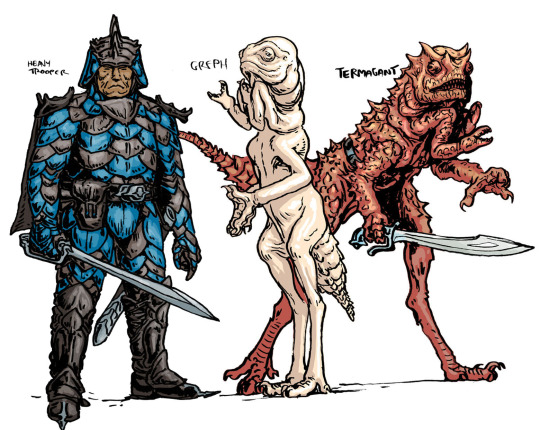
I love this book I even spent a good few months during covid talking with the Vance Estate and several publishers about developing it into a graphic novel, but nobody could quite agree on how it could get made with old Simon getting a paycheque... so sadly it fell apart. There are concept drawings floating around my patreon and other corners of the internet. But one day I'll use 'em...
My other favorite books of his, to name a couple of the MANY books of his I love:
THE BLUE WORLD: A caste system of humans, descended from a crashed prison ship, live on floating settlements on an ocean planet, paying protection to a giant long-lived intelligent crustacean. But one man is tired of giving up all his crops to this tyrannical megafauna...
THE MIRACLE WORKERS: Rival lords on a planet descended to medieval tech (surprise surprise) fight using armies... and rival SORCERORS who employ the powers of suggestion to voodoo each others' warriors... but when facing non-human intelligences, these sorceror's skills fall short.
But there are heaps more, and I love most (thought not all) of the ones i've read. They're generally short, concise, and full of all sorts of bizarre bullshit.
THere are more books i've read and enjoyed in my life, of course, but these are the core ones that I think of when I think of my career as a sci-fi reader... let me know what your top recs are!
#sciencefiction#science fiction#book recommendations#jack vance#larry niven#jerry pournelle#simon roy#griz grobus#charles stross#dragon masters#william gibson#bruce sterling
43 notes
·
View notes
Text
Kzinti and Star Trek
You don't see many Kzinti in Star Trek, and there's a very good reason for that: They're not actually Star Trek aliens, but a borrow from Larry Niven's Known Space series of books. And so Paramount don't actually own them. "The Slaver Weapon" episode of The Animated Series is an adaptation of Larry's "The Soft Weapon"
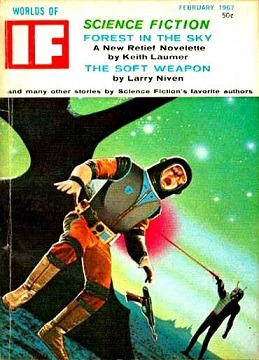
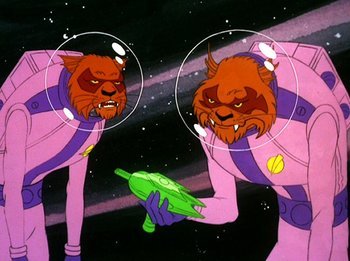
TAS' "Slaver Weapon" brought lots of Known Space lore into Trek. 4 Man-Kzin Wars were fought prior to the invention of faster-than-light travel, which really doesn't work in Trek where First Contact established, well, first contact and it was between humans and Vulcans after the first warp flight.
We also saw a Slaver, which have a rich backstory in Known Space where they're known as the Thrint and once ruled over the galaxy with their telepathy.
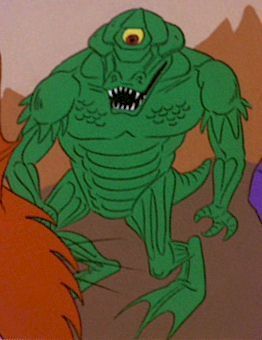
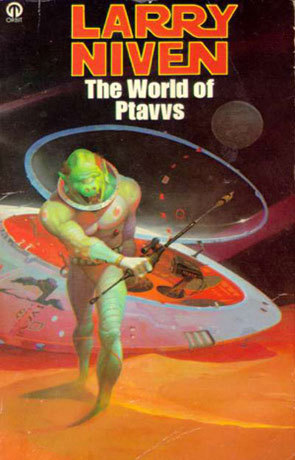
Some of Niven's backstory fits into Trek but other parts don't.
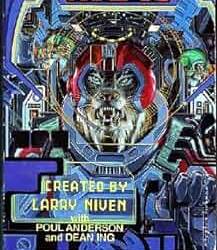
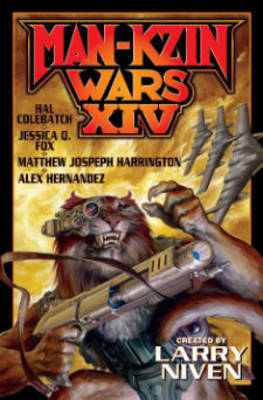
The Man-Kzin Wars don't. That being said, there have been attempts to bring Kzin back into Trek and several references to them. The Next Gen novel "The Captain's Honor" features the M'dok in the B-plot, a feline species who fought 2 wars with humanity one before the founding of the Federation and one after... sound vaguely familiar? They were originally the Kzin, and had name and details changed to avoid potential legal issues.
The Kzin exist in the Star Fleet Battles tabletop gaming universe (which is like a Trek splinter universe, licensed from TOS, TAS and the Star Fleet Technical Manual but nothing else), but they lack the distinctive bat ears.

Starfleet Command, the videogame adaptation of Star Fleet Battles swaps the Kzinti for the Mirak, again to avoid copyright issues.

But then came Star Trek Picard, where in season one Riker talks about an issue with the Kzinti (apparently permission was sought from Larry Niven and given for the mention) and then Lower Decks gave us Taylor, who is clearly Kzinti but likely will just never have anyone say it out loud just to be on the safe side

Oh, and the 1980 Star Trek Maps were cheeky and called them the K'zinti and hoped the apostrophe would make everything okay.
There have been attempts to bring the Kzinti back to Trek, like a planned Enterprise season 5 episode called "Kilkenny Cats" which was almost resurrected as a New Voyages fan film project. Here's the poster, where they'd replaced the Kzinti with the Kytharri (another Kzin-expy from the DS9 "Prophecy and Change" anthology
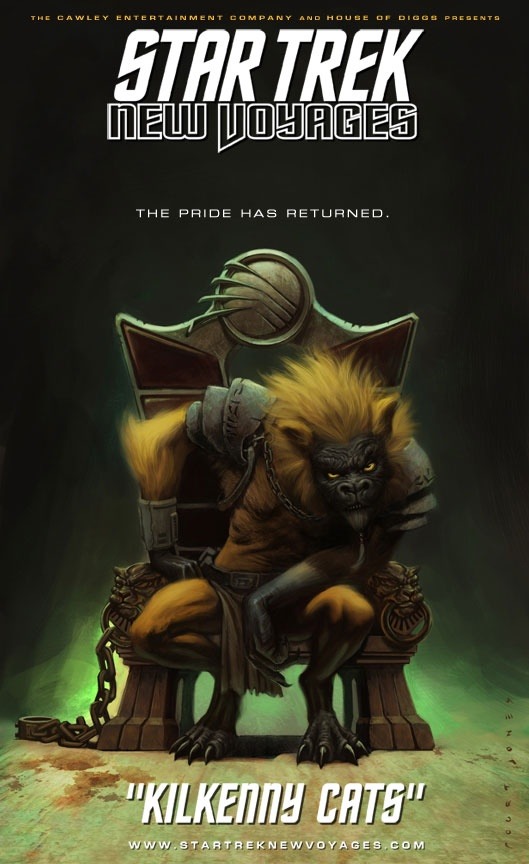
The "Kilkenny Cats" story read somewhat like a retread of DS9's "Armageddon Game". There were also attempts to get an animated Star Trek movie made called Lions of the Night, involving Sulu and the Enterprise-B dealing with a Kzinti invasion.
Oh oh, and read Ringworld. It's fantastic. And makes one wonder what the Kzin world is like in the Trek world... because they're unable to stop themselves launching violent wars on neighbours which they have no hope of winning, their world is essentially occupied by humans and that's very un-Trek (which of course makes it 10x more fascinating) indeed. How would Starfleet and the Federation deal with such a threat?
#star trek#known space#larry niven#kzinti#lower decks#star trek enterprise#ringworld#the animated series#star trek tas#deep lore#deep dive#star trek novels#star trek novelverse
78 notes
·
View notes
Text

Ringworld by Larry Niven, cover by Rick Sternbach (1977)
169 notes
·
View notes
Text



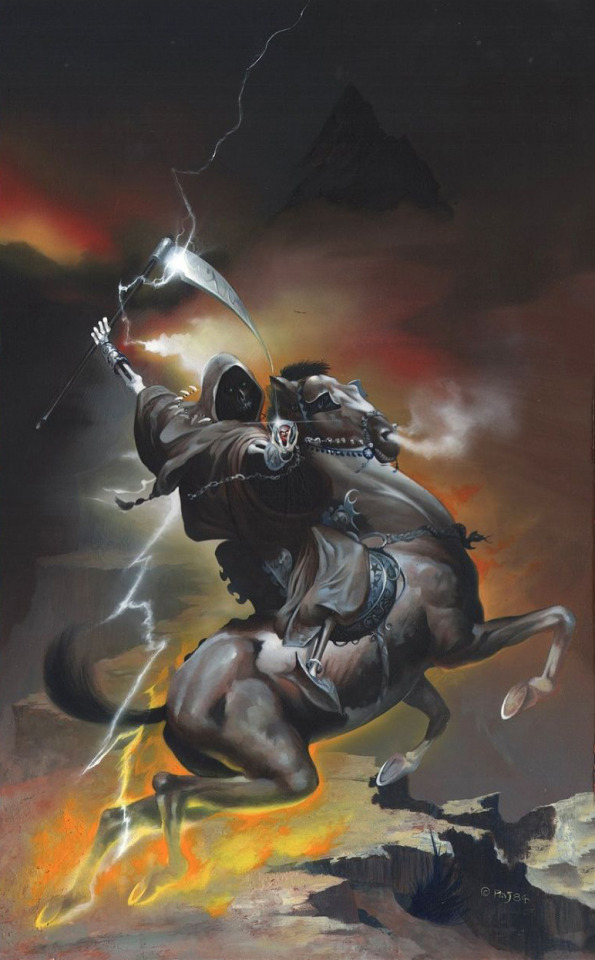



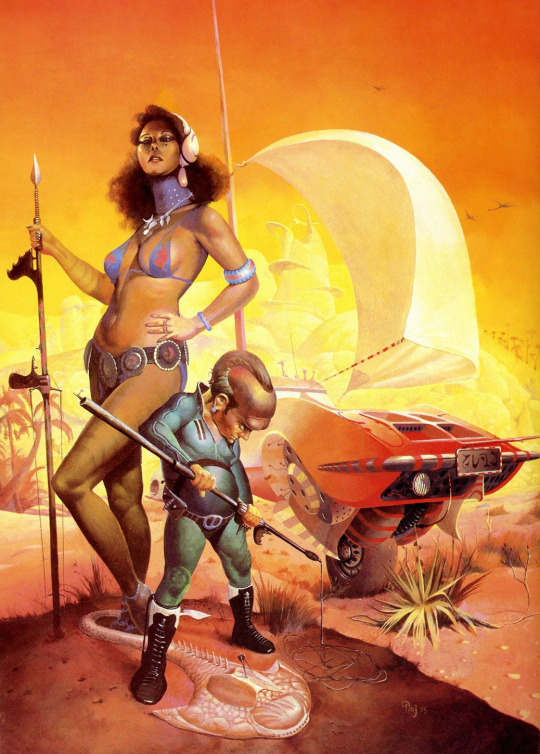

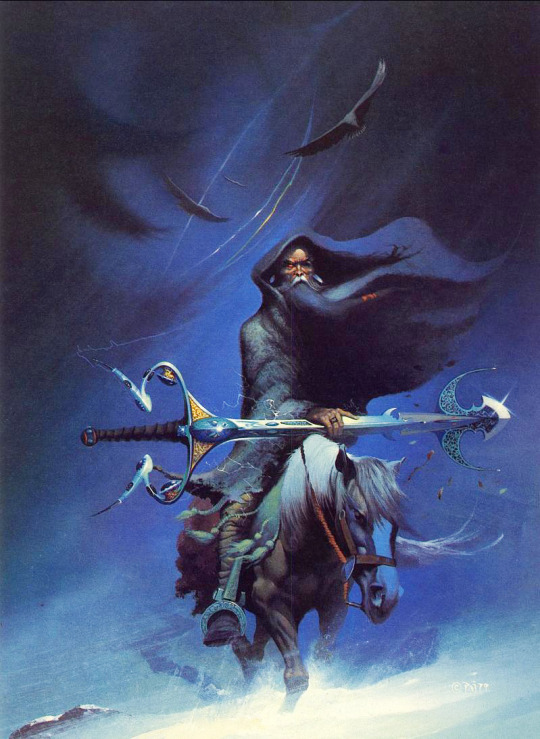
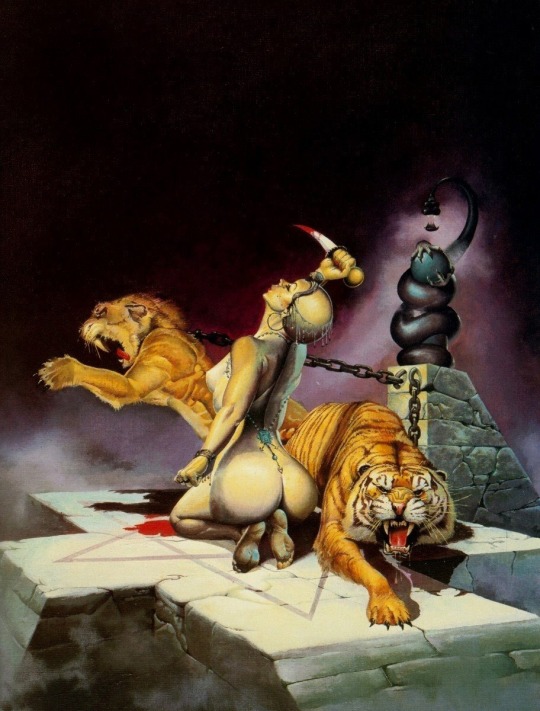
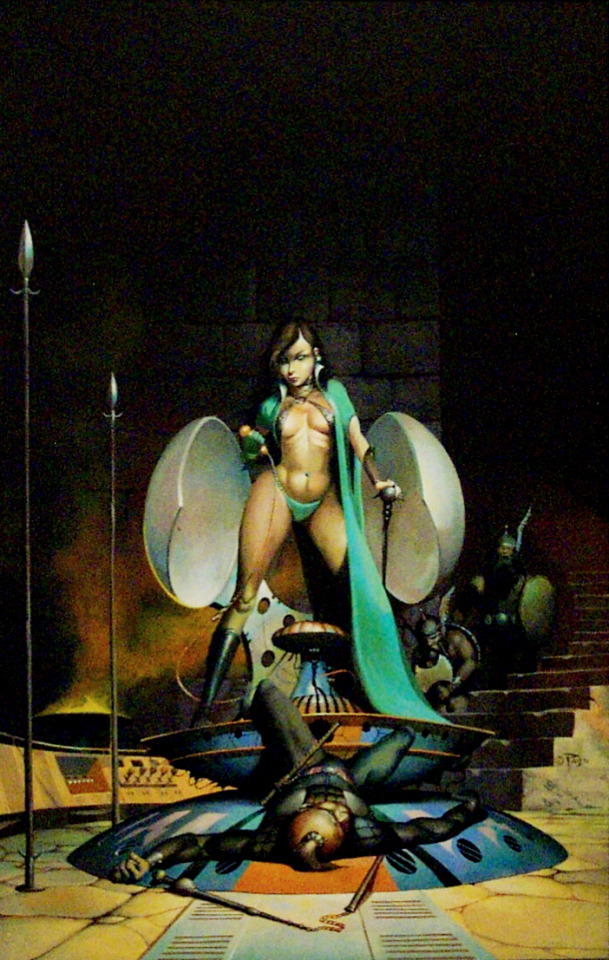
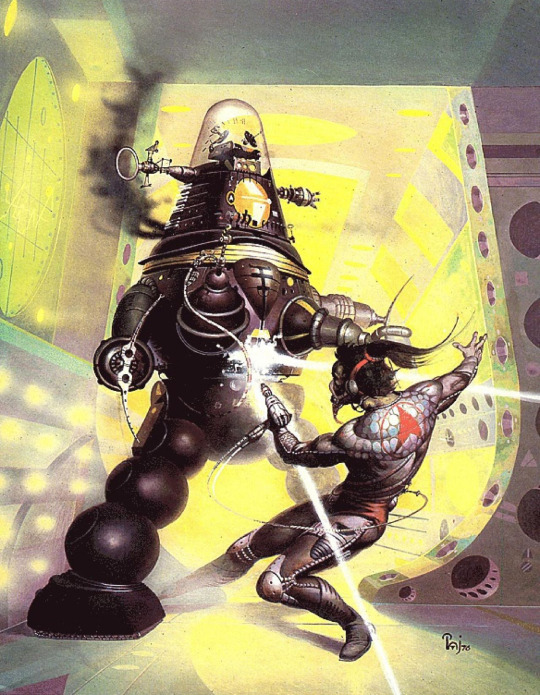





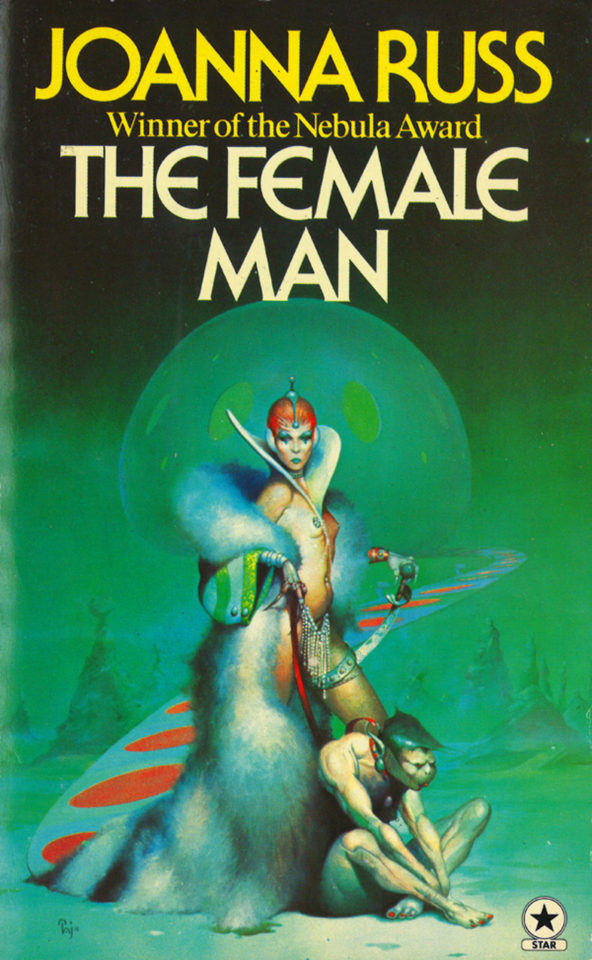



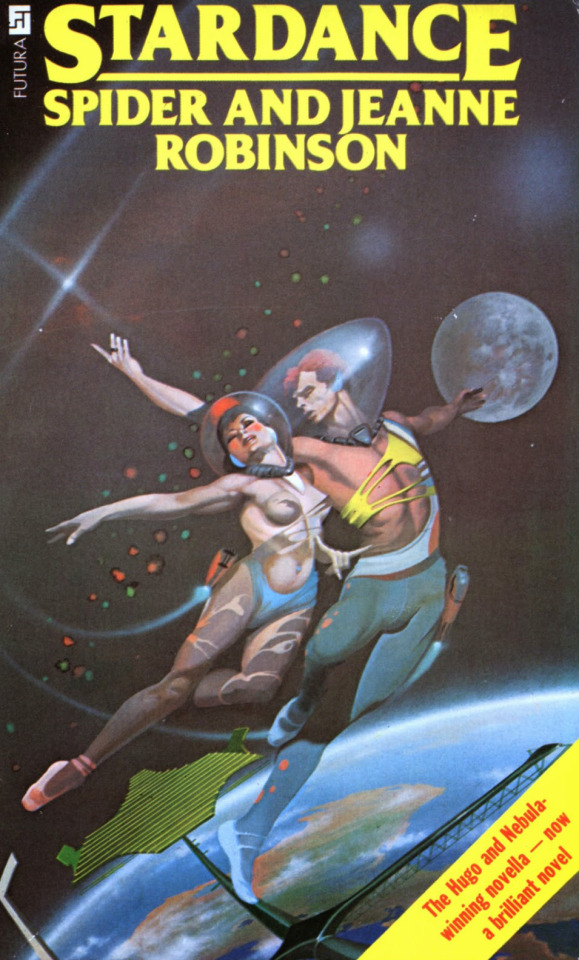

Showcasing art from some of my favourite artists, and those that have attracted my attention, in the field of visual arts, including vintage; pulp; pop culture; books and comics; concert posters; fantastical and imaginative realism; classical; contemporary; new contemporary; pop surrealism; conceptual and illustration.
The art of Peter Andrew Jones.
#Art#Peter Andrew Jones#Fantasy Art#Fantastical Art#Imaginative Realism#Sci-Fi#Science Fiction#Sci-Fi Art#Books#Book Cover#Book Cover Art#Cover Art#Fighting Fantasy#Frank Herbert#Robert A Heinlein#Larry Niven#Joan D Vinge#The Sword And The Sorcerer
30 notes
·
View notes
Text
A lot of bad "humans are space orcs"/"humanity fuck yeah!" web fanfiction intentionally or unintentionally imitates Niven, but the guy himself was pretty good at avoiding the worst cliches. Every "enemy" species is less inferior to humanity and more a sidegrade with different strengths and weaknesses.
Slavers and Kzin are stronger and faster than humans, but kinda stupid. Fithp are good strategists, but are unprepared for the concept of “revenge.” Moties and Pak are super smart, but can never accomplish anything as a civilization because they’re so warlike.
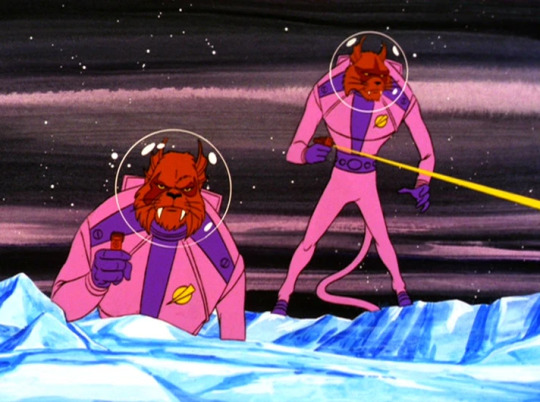
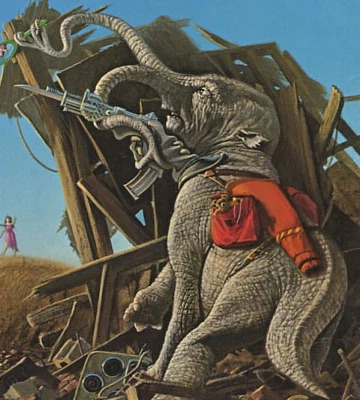


#science fiction#humans are space orcs#hfy#humans are deathworlders#larry niven#hard science fiction#known space#ringworld#man-kzin wars#footfall#the mote in god's eye
40 notes
·
View notes
Text
That night he dreamed.
A duel between magicians makes a fascinating tale. Such tales are common—and rarely true. The winner of such a duel is not likely to give up trade secrets. The loser is dead, at the very least.
Novices in sorcery are constantly amazed at how much preparation goes into a duel, and how little action. The duel with the Hill Magician started with a dream, the night after the Warlock's speech made that duel inevitable. It ended thirty years later.
....
And in his sleep he concentrated, memorizing details. A narrow path curled up the hillside. Facts twisted, dreamlike. There was a companion with him; or there wasn't. The Warlock lived until he passed through the gate; or he died at the gate, in agony, with great ivory teeth grinding together through his rib cage.
He woke himself up trying to sort it out.
The shadowy companion was necessary, at least as far as the gate. Beyond the enemy's gate he could see nothing. A Warlock's Wheel must have been used there, to block his magic so thoroughly.
Poetic justice?
He spent three full days working spells to block the Hill Magician's prescient sense. During that time his own sleep was dreamless. The other's magic was as effective as his own.
Larry Niven's novelette "What Good is a Glass Dagger" isn't generally super well remembered; to the extent people think of it, it's in relation to the much more famous sequel, "The Magic Goes Away", which used magic as a metaphor for the oil and energy crisis.
(It's also one of the first stories to use the word "mana" to refer to magic power; it's still exotic enough that Niven italicizes it in the text. It's not the first ever, but I believe it's the actual source that RPGs drew on when they used that word.)
But this passage has always stuck with me. Wizard duels aren't flashy explosions of power. They're very careful maneuvering, with decades of prescience, and the winner is the one who best manages that careful maneuvering around their opponent's blind spots while creating blind spots for their opponent.
(There's a truism in D&D3.x that a level 13 wizard, with time to prepare, can kill anything that isn't preparing in return. And I feel like this story represents that concept really well, though the details are all different.)
#larry niven#the magic goes away#what good is a glass dagger#dungeons and dragons#d&D#d&D 3.x#litcrit
24 notes
·
View notes
Text
You'll find the other polls in my 'sf polls' tag / my pinned post.
#polls#science fiction#sf polls#a fire upon the deep#vernor vinge#book of the new sun#gene wolfe#old man's war#john scalzi#the gods themselves#isaac asimov#shards of honor#the vorkosigan saga#vorkosigan saga#lois mcmaster bujold#contact#carl sagan#ringworld#larry niven#nine princes in amber#the chronicles of amber#chronicles of amber#roger zelazny#dragonflight#dragonriders of pern#anne mccaffrey
138 notes
·
View notes
Text

Tony Roberts cover art for Larry Niven's "A World Out of Time," 1977
287 notes
·
View notes
Text
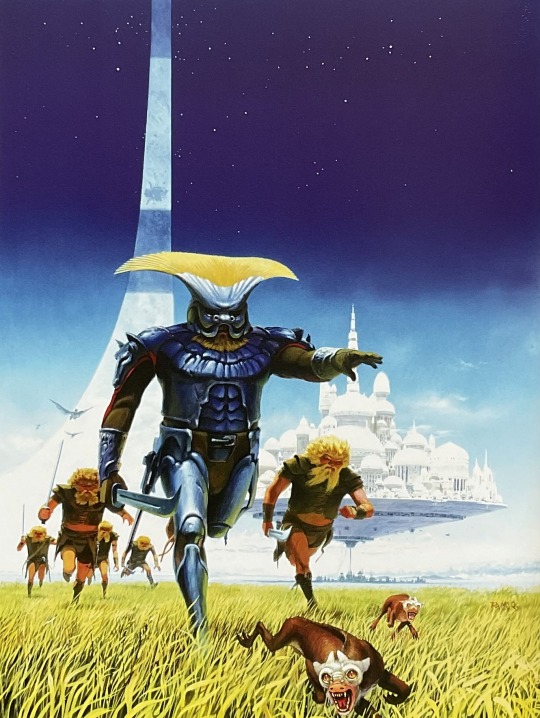
Art by Ralph McQuarrie for Larry Niven’s Ringworld Role-Playing Game (1984)
414 notes
·
View notes
Text


vote yes if you have finished the entire book.
vote no if you have not finished the entire book.
(faq · submit a book)
15 notes
·
View notes
Text
In the Future, Starships WILL be Spheres
In scifi, a lot of starships are spheres. The first person to ever have a sphere ship was probably E.E. Smith in the Skylark series (started around 1928), though he believed spaceships would have to be streamlined to get less resistance when traveling through space. In the 1920s, space was believed to be a lot “thicker” with H+ atoms (essentially, a loose proton). In reality, space only has a proton in 10^28 cubic centimeters, so streamlining in space is unnecessary. This was also why the Bussard Ramscoop, a particle collector at one point seen as the solution to the issue of energy in space travel in the 70s, was ultimately unworkable, as space is a lot “thinner” than we all thought.


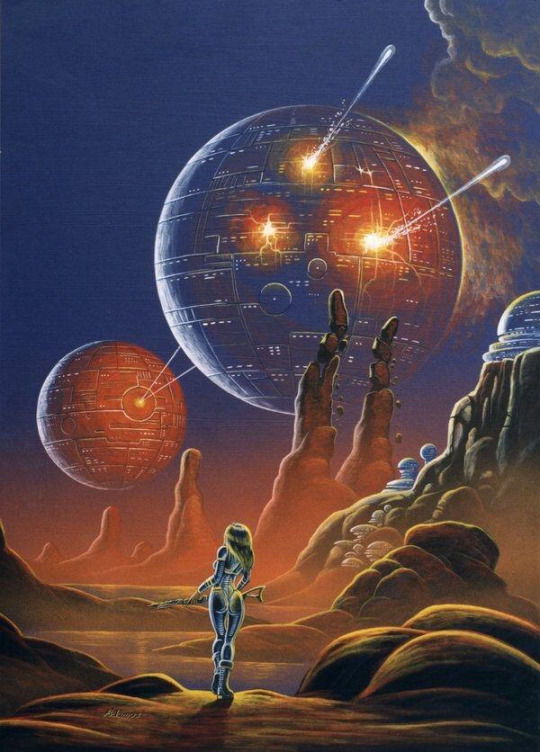
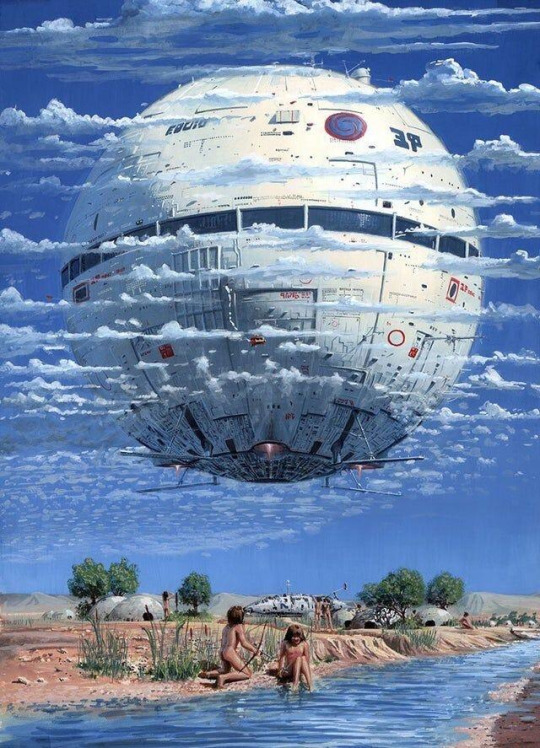
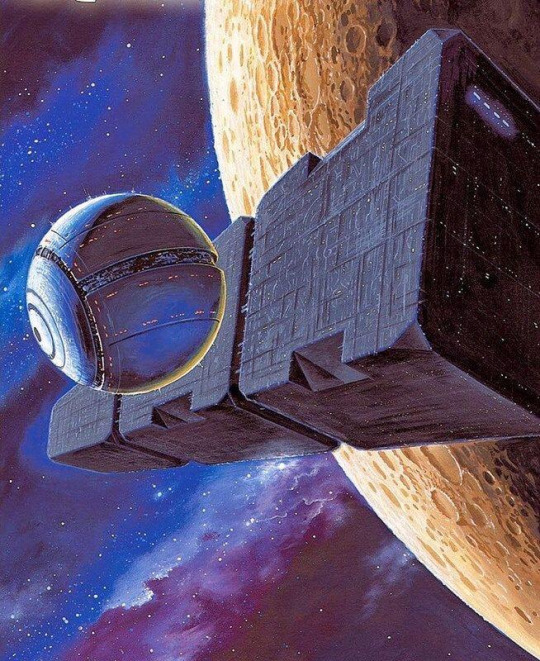
The person most associated with popularizing spherical starships is Larry Niven, who made a pretty airtight argument for why spaceships would be spheres: if you remember your high school geometry, you know that a sphere is the shape with the lowest ratio of volume to minimal surface area. For this reason, hot air balloons are also spheres, to use the least amount of fabric possible. Because geometry is exactly the same all over the universe, Niven argued that any alien race we encounter would have spherical starships as well.
349 notes
·
View notes
Photo

Ringworld Engineers by Tomislav Tikulin
264 notes
·
View notes